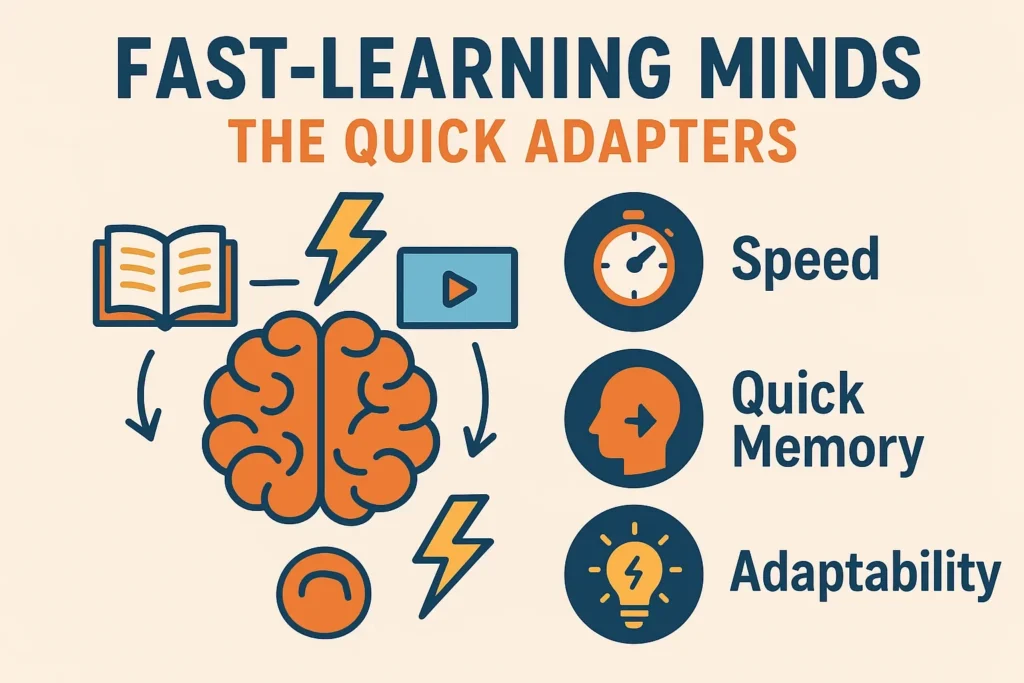You know how sometimes people talk about “top talent” like it’s some secret club? Well, it kind of is… except it’s not a velvet rope, it’s more like a puzzle. Companies are constantly trying to figure out who’s creative, who’s analytical, and who can pick up a new skill faster than you can finish your coffee.
One way they start is with things like the gma test. It’s not magic, but it’s a handy tool. Think of it like a first glimpse, like seeing someone’s shadow and guessing they might be good at climbing trees. You still need to watch them swing around a bit before you’re sure.
The Quirky World of Creative Minds
Creative people… well, they’re a little mysterious. You might know them. They doodle in the margins during meetings, throw out ideas that make people laugh (and then think, “Wait… that could actually work”), or mix and match concepts in a way that’s somehow brilliant. And companies? They notice, but often in indirect ways.
How Creativity Shows Up
Here’s the thing: creativity doesn’t come with a label. So companies look for subtle signs:
- Brainstorming sparks: You’ll notice the person who jumps in with something wild when everyone else is cautiously nodding. Sometimes it’s ridiculous. Sometimes it’s genius. Mostly, it’s both.
- Side projects: It could be a photography hobby, a quirky app they built, or even an odd blog about something nobody thought mattered. Creative minds often express themselves in unexpected ways.
- Storytelling chops: If someone can explain an idea so vividly that you see it in your head… that’s gold. Humor, metaphors, small anecdotes, it all counts.
- Looking sideways: Creative thinkers rarely go straight at a problem. They look at it from weird angles. That’s the type of person who suggests turning a loyalty program into a mini-game just for kicks and somehow increases engagement by 40% true story (well, heard this one around the startup grapevine).
Even little daily habits reveal creativity. Someone noticing a tiny pattern others ignore, or connecting ideas from totally different areas, can make a huge difference. Sometimes they fail spectacularly first, but failure often precedes the kind of success everyone remembers.
Analytical Minds: The Puzzle Solvers

Now, analytical minds are a different flavor. They see patterns where most see noise. Give them a messy dataset or a process that’s “broken,” and they’ll quietly start mapping it out in ways nobody else thought of.
Signs Companies Look For
- Structured exercises: This is where the GMA test and other reasoning tasks come in handy. They measure how someone digests information and applies logic under pressure.
- Problem-solving in action: A manager might toss a scenario like, “Here’s our declining sales data, what do you do?” Analytical minds will not only spot the problem but break it into pieces, ask the right questions, and maybe even predict something no one noticed.
- Attention to tiny details: Those little “wait, that doesn’t add up” moments. One junior analyst once caught a miscalculation in a slide deck that would have cost thousands. Everyone else shrugged. The analyst dug in, fixed it, and suddenly they were on the radar for bigger projects.
How to Encourage Analytical Thinkers
It’s not enough to spot them; they need the right environment. Companies give them:
- Access to real data: The more they can explore, the better.
- Challenging projects: Mundane, repetitive tasks? Not their jam. Give them puzzles with variables they have to juggle.
- Collaboration opportunities: Even analytical minds benefit from debate, discussion, and a nudge from peers to think differently.
Fast-Learning Minds: The Quick Adapters

Fast learners aren’t necessarily the loudest, flashiest, or most detailed people in the room. But they pick things up quickly, adapt, and start delivering results almost overnight. Companies notice because these people can be given a completely new project and, within weeks, they’re running with it as if they’d been doing it forever.
How Companies Spot Them
- Simulated projects: Hand them a new problem, with rules they’ve never seen. If they figure it out quickly, adapt on the fly, and even suggest improvements, that’s a fast learner.
- Cross-department work: Someone who jumps from marketing to engineering, quickly understands the essentials, and starts contributing meaningfully, that’s a huge signal.
- Learning feedback loops: Managers often notice these folks because they consistently take input, adjust, and improve faster than everyone else.
There’s this tech story: a new hire joins a team with zero experience in a specific software. By week three, they’re giving tips to more experienced coworkers. Everyone is quietly impressed. That’s the kind of talent companies fight to retain.
Why All Three Matter
Companies thrive when these three types coexist.
- Creative minds dream up bold ideas.
- Analytical minds make sure those ideas don’t collapse under reality.
- Fast learners quickly adopt new approaches, helping the company pivot and grow.
When you see all three working together, magic happens. A marketing campaign can be wild, perfectly calculated, and executed faster than anyone thought possible.
How Recognition Happens Day-to-Day
It’s rarely about flashy awards. Often it’s subtle:
- A manager remembers who suggested that odd but brilliant idea last quarter.
- Someone quietly fixes a pattern in the data that no one else noticed.
- A new employee rapidly takes charge of a new system, saving weeks of trial and error.
Sometimes it’s formal. Maybe a GMAT test flagged someone during the recruitment process. Perhaps they earned a spot in a fast-track leadership program. But often, it’s just people noticing patterns who think differently, who solve problems, who adapt fastest.
Also Read: Effective Strategies for Enhancing Recruitment and Selection Processes
The Little Things That Tip the Scale
Companies also watch behavior over time. Things like:
- Curiosity asks “why?” more than “how?”
- Persistence is not giving up when the first idea fails
- Resourcefulness: finding solutions even with limited guidance
- Collaboration helps others improve while staying strong individually
Even tiny gestures like offering a helpful tweak in a spreadsheet or suggesting a new angle in a meeting can indicate these traits.
Wrapping It Up
So, spotting creative, analytical, and fast-learning minds isn’t a science lab experiment. It’s messy. It’s about stories, patterns, tiny insights, and, yes, sometimes tests like the GMA test. Companies notice the doodlers, the number-crunchers, and the fast adapters, and they try to keep them around.












